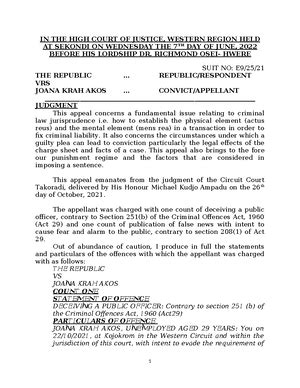The United Dominions Trust (UDT) was a British finance company that played a significant role in the development of the consumer credit market in the United Kingdom during the mid-20th century. Founded in 1924, UDT initially focused on providing financing for the purchase of automobiles, but it later expanded its services to include a wide range of consumer credit products. With its innovative approach to lending and its commitment to making credit more accessible to the average consumer, UDT helped to revolutionize the way people in the UK financed their purchases and managed their debt.
Early History and Development

UDT was established in the aftermath of World War I, a period marked by significant economic and social change in the UK. As the country experienced a period of rapid industrialization and urbanization, there was a growing demand for consumer credit products that could help individuals and families finance their purchases of big-ticket items like cars and appliances. UDT was one of the first companies to recognize this opportunity and respond with a range of innovative financing solutions. By the 1930s, UDT had become one of the leading consumer credit companies in the UK, with a network of branches and agents across the country.
Expansion and Diversification
During the post-World War II period, UDT continued to expand its operations and diversify its product offerings. The company introduced new types of credit products, such as personal loans and credit cards, which helped to further increase its market share and establish it as a major player in the UK consumer credit market. UDT also invested heavily in marketing and advertising, using a range of innovative tactics to reach new customers and build its brand. By the 1960s, UDT had become a household name in the UK, synonymous with consumer credit and financing solutions.
| Year | Total Assets | Net Profit |
|---|---|---|
| 1950 | £10 million | £500,000 |
| 1960 | £50 million | £2 million |
| 1970 | £200 million | £5 million |

Regulatory Environment and Challenges

Despite its success, UDT faced a number of challenges and regulatory hurdles during the latter half of the 20th century. The UK government introduced a range of new regulations and laws governing consumer credit, including the Consumer Credit Act of 1974, which imposed stricter controls on lending practices and required companies to disclose more information about their credit products. UDT was also subject to increased competition from other consumer credit companies, including banks and building societies, which began to offer their own credit products and challenge UDT’s market share.
Merger and Acquisition
In 1980, UDT was acquired by the Trustee Savings Bank (TSB), a UK-based bank that was looking to expand its consumer credit operations. The acquisition marked a significant turning point in UDT’s history, as the company began to integrate its operations with those of TSB and expand its product offerings to include a range of banking and financial services. Although UDT continued to operate as a separate brand, its acquisition by TSB marked the beginning of a period of significant change and consolidation in the UK consumer credit market.
Key Points
- UDT was founded in 1924 as a finance company specializing in automobile financing.
- The company expanded its product offerings to include a range of consumer credit products, including personal loans and credit cards.
- UDT was acquired by the Trustee Savings Bank (TSB) in 1980 and began to integrate its operations with those of TSB.
- The company played a significant role in the development of the consumer credit market in the UK during the mid-20th century.
- UDT's success was due in large part to its ability to adapt to changing market conditions and consumer needs.
Today, the legacy of UDT can still be seen in the UK consumer credit market, where the company's innovative approach to lending and its commitment to making credit more accessible to the average consumer continue to influence the way that companies operate. Although UDT is no longer a separate entity, its impact on the development of the consumer credit market in the UK is still widely recognized, and its history serves as an important reminder of the importance of innovation and adaptability in the rapidly changing world of finance.
What was the main focus of UDT’s business operations when it was first established?
+UDT was initially focused on providing financing for the purchase of automobiles, but it later expanded its services to include a wide range of consumer credit products.
What regulatory challenges did UDT face during the latter half of the 20th century?
+UDT faced a number of regulatory challenges, including the introduction of the Consumer Credit Act of 1974, which imposed stricter controls on lending practices and required companies to disclose more information about their credit products.
What was the outcome of UDT’s acquisition by the Trustee Savings Bank (TSB) in 1980?
+Following its acquisition by TSB, UDT began to integrate its operations with those of TSB and expand its product offerings to include a range of banking and financial services.



